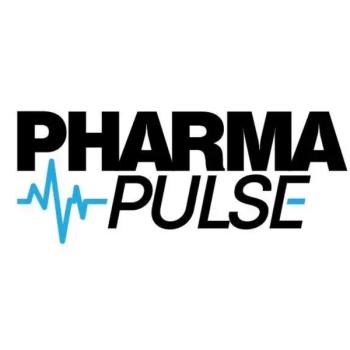
- Pharmaceutical Commerce - July/August 2013
GHX and the VHA e-pedigree pilot
GHX was founded in 2000 to reduce inefficiencies in the healthcare supply chain, primarily in med-surg supplies. Today, it is owned by 20 organizations representing manufacturers, distributors, hospitals and group purchasing organizations (GPOs). As a healthcare technology and services company, GHX helps reduce the cost of doing business in healthcare and assists customers in providing and tracking critical supplies to enhance patient safety. GHX connects 6,130 hospitals and clinics to more than 10,000 supplier divisions, representing more than 85% of the medical-surgical hospital spend in the US. In 2012, purchase order volumes exceeded $51 billion and GHX customers have achieved more than $3 billion in savings since January 2010.
GHX is owned by the healthcare industry, has an open and neutral position in the supply chain landscape, and a very strict data-governance policy. These characteristics, along with the ability to securely handle large transaction volumes, led a subset of owners to ask GHX to work on an industry model for pharmaceutical traceability and e-pedigree in 2010. From 2010 to 2013 the group gathered requirements, built a prototype and piloted the system. In March 2013, this work was recognized when the Healthcare Distribution Management Assn. (HDMA) announced a pilot led by GHX as the winner of its fourth annual
This first-of-its-kind pilot, “Track and Trace for Serialized Product,” studied a traceability system for securing the pharmaceutical supply chain, allowing for greater visibility and interoperability. The pilot used products that were manufactured and serialized at AbbVie, Inc., delivered to a McKesson Corp. distribution center and then distributed to the Veterans Health Administration (VHA) Consolidated Mail Outpatient Pharmacy.
The chain of custody tracing was achieved using a serialized Global Trade Identification Number on the product, and leveraging the GHX traceability system that had implemented the Electronic Product Code Information System. Supply chain processes and concepts that were tested included serialization, aggregation, authentication, inference, product recall and data sharing using a one-up-one-down model in a cloud-based repository. The pilot also tested a new concept called a pedigree check, which allows trading partners to check the status of a product before shipping or receiving it, as well as an automated recall process using serialized information. This was the first time that AbbVie and McKesson were able to provide serialized product, product authentication and chain of custody reporting to VHA using an interoperable platform.
Based on the performance of the trial, it is estimated that this cloudbased software will help minimize points of connectivity between trading partners, which would help to reduce healthcare costs. Moreover, the pilot led to greater supply chain efficiencies, with processing times reduced by as much as six times with the use of an inexpensive Bluetooth barcode reader.
In addition to GHX, AbbVie, VHA and McKesson, the system was developed in collaboration with AmerisourceBergen Corp., Cardinal Health, Inc. and Johnson & Johnson Health Care Systems Inc.
Articles in this issue
over 12 years ago
At ASCO meeting, McKesson showcases US Oncology capabilitiesover 12 years ago
Cold Chain GDP & Temperature Management Logistics Global Forumover 12 years ago
The value of real-world data in drug commercializationover 12 years ago
NABP is on its way to owning the .Pharmacy domain suffix (gTLD)over 12 years ago
Medical Affairs' changing role in market access and reimbursementover 12 years ago
Outsourced facilities management saves precious financial resourcesover 12 years ago
How about a US Chamber of Healthcare Commerce?over 12 years ago
Overcoming operational silos in pharma revenue managementover 12 years ago
Biosimilars: It's a matter of timeNewsletter
Stay ahead in the life sciences industry with Pharmaceutical Commerce, the latest news, trends, and strategies in drug distribution, commercialization, and market access.




